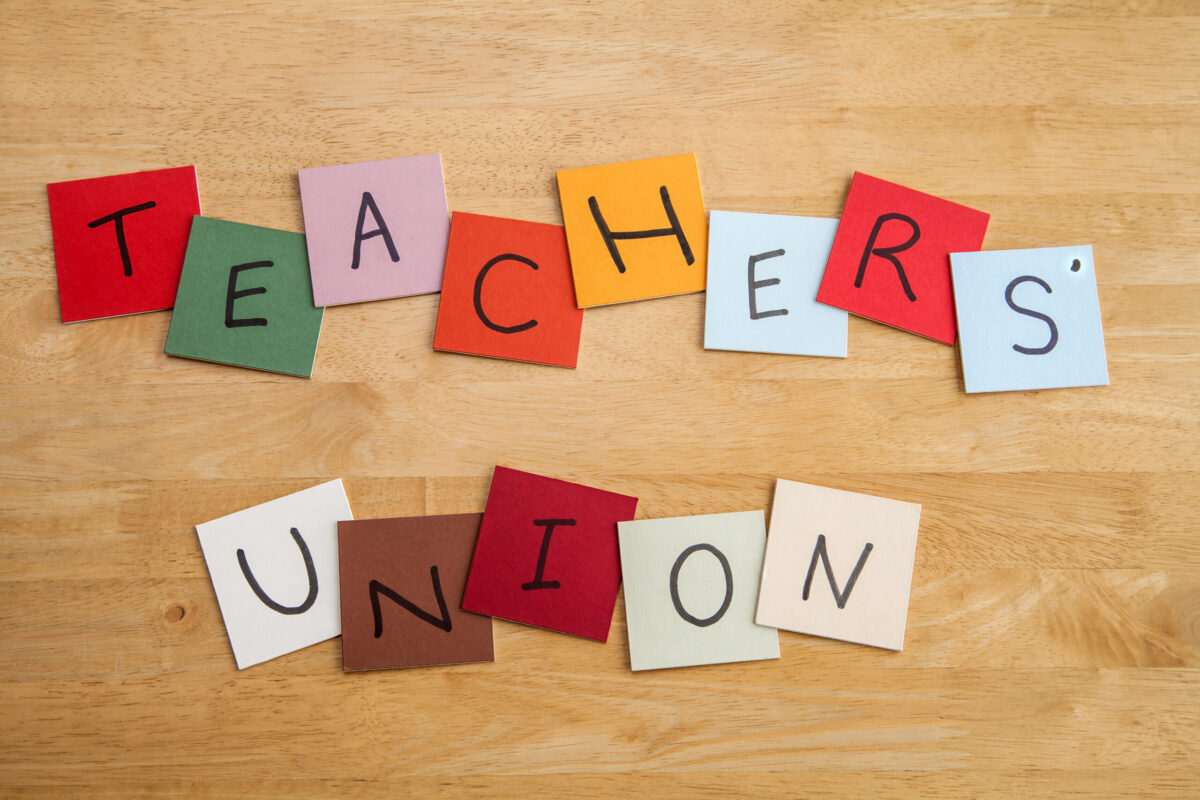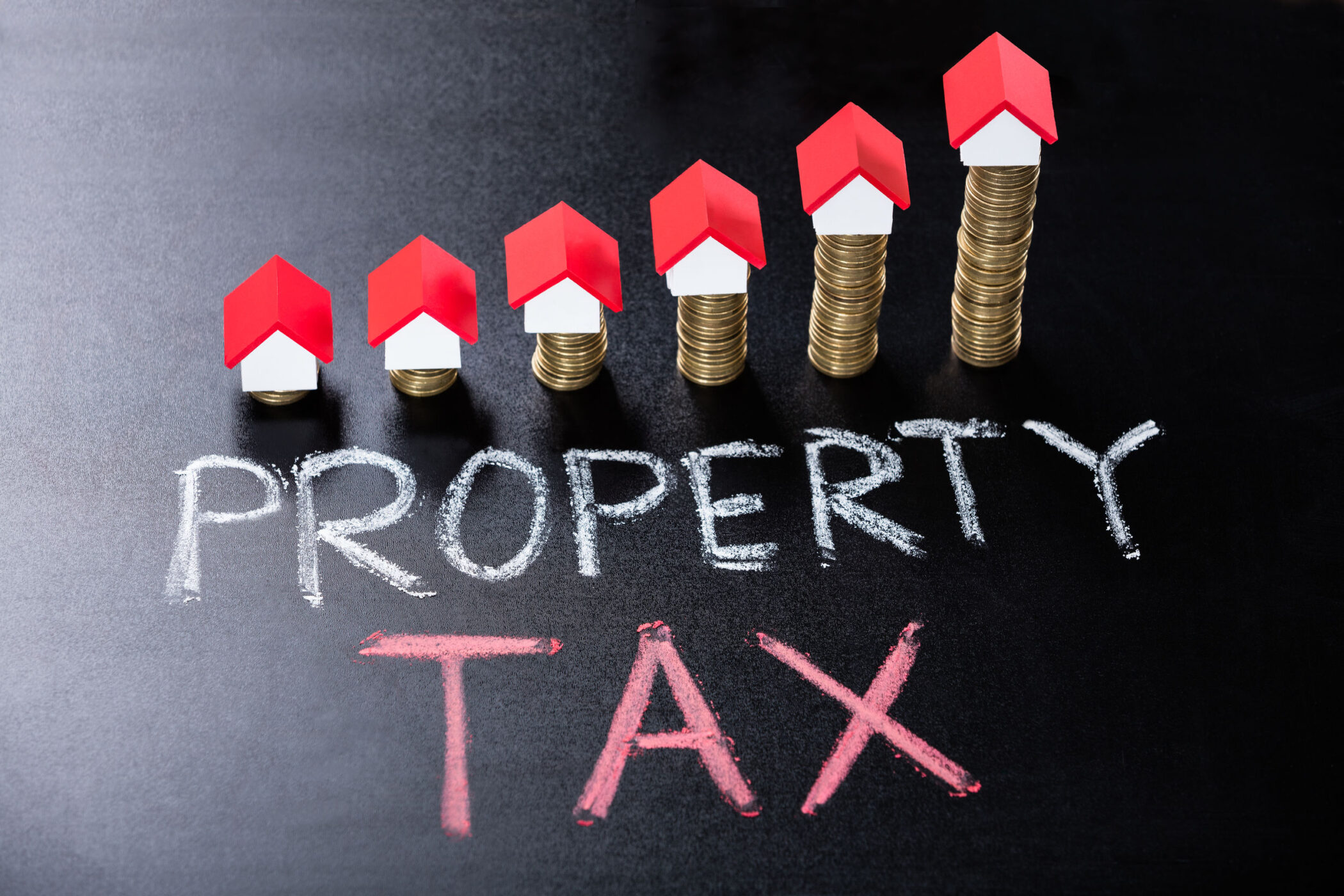Those working in the Kansas judicial system might be underpaid. Keyword, “might.” Of course, the Kansas City Star editorial board makes no concessions as to why Kansas court workers often earn less than their peers in other states. That would have been helpful information.
The Kansas City Star editorial board isn’t alone in its calls for increasing judicial pay. In the last month the Topeka Capital-Journal and the Wichita Eagle have published similar editorials.
The editorial board bemoans that Kansas ranks last of all states and the District of Columbia in district judge compensation and 45th using cost of living measures.
Editorial boards in Kansas are awfully selective in which state rankings are worthy of editorial comment. While the Star’s board is stompy because Kansas judges earn less than peers in other states, they are silent on Kansas’ budget-busting ranking as the second best (or worst) in terms of its number of local government employees per capita. Kansas has almost 30 percent more employees per 10,000 residents than the national average and local governments have 34 percent more employees than the national average.

Kansas Supreme Court Chief Justice Lawton Nuss is chief complainer about pay for judges. The state pays Kansas Supreme Court Justices more than $135,900 annually. Kansas pays district court judges about $120,000 each year and district magistrate judges more than $61,000. In comparison, the median household income in Kansas is $50,624, and many judicial system employees make far less than that.
“If things continue, I have serious concerns with our ability to administer justice as Kansans have come to expect and as they deserve,” Nuss says in the editorial. Nuss requested from lawmakers an extra $20 million for the judiciary to offer raises of up to 22 percent.
Some of that blame for low court worker compensation can be placed squarely on the judiciary bench. Frequent judicial decisions have required Kansas state legislators to pour more and more funding into K-12 education.
By 2015, Kansas spent more than 50 percent of its general fund budget on K-12 education. The national average is 32.5 percent. The state consistently ranks in the top five in this regard–another ranking suspiciously absent from the editorials demanding higher judicial pay.
Lost in the sorrowful tale of judicial employees who haven’t had a raise in 9 years is this: Increasing taxes on all Kansans marks a pay cut for all workers.
The state’s budget is not an unlimited resource. There’s only so much money available, and the Courts have demanded that an ever increasing load be funneled to public education. Judicial employees may be underpaid, but its justices shoulder some of that responsibility.




